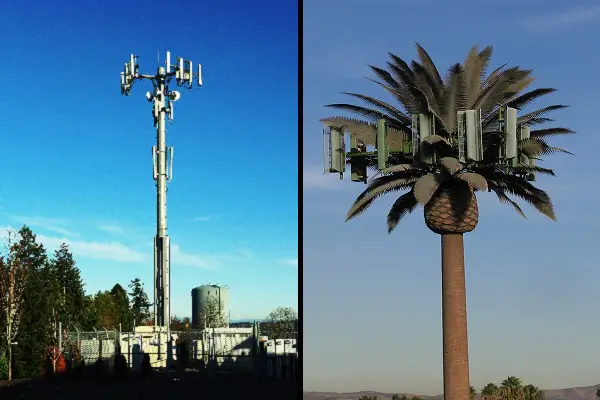If you've ever wandered through a city, you may have seen tiny cell towers for 5G on street light poles. They look like small boxes however they're actually sending wireless signals from cellular providers to your phone.
These smaller towers are replacing the larger specially-designed cell towers. Although they're not as visible, they still can cause problems for people.
A FCC's Radiation Exposure Thresholds
The FCC's Radiation Exposure Thresholds define the safe limit at which one can expose to electromagnetic radiation from wireless devices. what is safe distance from 5g tower of exposure are based on scientific data that show that RF energy could cause harm to health.

The specific absorption rate (SAR) is an indication of the radiofrequency energy taken up by tissues. It's typically 1.6 watts per kilogram, calculated over one Gram of tissue.
Since 5g is able to transmit at higher frequencies and has the potential to increase the intensity of energy on the skin and other exposed body parts. This can lead to various potential harms, including exacerbated the development of skin conditions such as dermatitis, skin cancer and cataracts.
Because of the potentially negative effects of 5G radiation, PSU has chosen to set a general localized maximum power density of four MW/cm2 measured across 1 centimeter, and never exceeding 30 minutes for all 5G services at 3000 GHz. This localized limit is consistent with the highest spatial-average SAR of 1.6 W/kg, which is averaged over 1 g of tissue at 6 GHz.

The FCC's Maximum Exposure Thresholds
Have you ever used a cell phone, then you've probably realized that a safe range from the tower is around 400 meters. This is because the power of the transmission of the cell tower is significantly increased the farther your location from the tower.
While this sounds like a good idea but the truth is that people who live close to towers could be more susceptible to health problems. For instance, a study conducted in 2014 in India discovered that people who lived within 50m of cell towers had significantly more health complaints than those living further distance from them.
This study revealed that those who relocated to areas further away from cell towers experienced their symptoms improve within a few days. Other studies have demonstrated that exposure to extreme levels of radiofrequency electromagnetic fields (EMFs) can lead to brain tumors, cancers as well as other health issues.
what is a safe distance from a cell tower is because the RF radiation used in wireless communication can penetrate the human body's exterior layer, called the skin. This is important to understand because the skin acts as a barrier to protect against mechanical injury, infection caused by pathogenic microorganisms and the entry of harmful substances. Additionally, it is the most important organ of the human body. It is accountable for maintaining the integrity of other organs.
The FCC's Minimum Exposure Thresholds for the Minimum Exposure
The FCC's Minimum Exposition Thresholds are based upon various assumptions that aren't supported by scientific evidence. They include the incorrect belief that exposures to RF radiation are safe because of the minimal penetration into the body (i.e., tissue heating).
This assumption does not take into account the more extensive penetration of ELF components of modulated RF signals and the effects of brief bursts of heat from pulsed RF waves. These assumptions are not in line with the current understanding of biological consequences of RF radiation, and thus they shouldn't be considered for health protection exposure guidelines.
Furthermore, the ICNIRP and FCC restrict the maximum limits of exposure to peak local SARs, based on the peak spatial specific absorption rate (psSAR) which is an inadequate dosimetric tool for determining the level of exposure to RF radiation. Particularly it is inconclusive for frequencies above 6 GHz. In what is safe distance from 5g tower , psSAR is not been tested for RF radiation with co-exposure to other agents of the environment such as sunlight. Interactions of RF radiation with other agents in the environment could cause synergistic or antagonistic impacts. This can lead to the risk of having adverse health adverse effects. For instance, exposure to RF radiation and sunlight could increase the risk of developing skin cancer, and may also exacerbate other skin disorders, such as acne.
